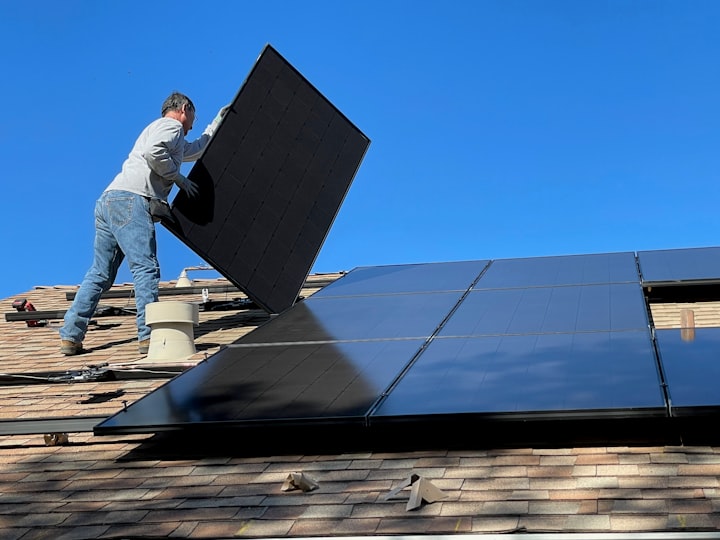Renewable energy
Next generation solar power
The real transition of our society to be able to utilise renewable energy, where everybody can see it, is not something that will be possible to occur overnight.
Here it is likely that you will see a similar development, as we have seen with wind energy, where the first large scale use was made in the countryside. Something that over the years created heavy challenges in the form of local protests.
The result of this was that the implementation focus shifted to sea-based windmills, which originally was much more expensive to realise. And today it is obvious that this is still the area where where the large-scale implementation market exists. This is partly because prices have come down due to the large volume, and also due to ongoing innovation with still larger windmill sizes, but just as important, because there we only see very limited public protests.
You can see the expected use of PV technology to utilise solar power in the same way. At present solar parks based on imported PV panels from China are the cheapest solution. And due to this, large scale implementation of PV power is planned to be implemented at large agricultural areas in many European countries.
The alternative to this is however the use of more expensive building integrated PV panels, where we have seen impressing improvements, with respect to the practical use of PV panels as an integrated building material for both roofs and facades.
And when the public opposition to the large-scale use of solar parks in the countryside is likely to be increased in the coming years, then we will be lucky to be able to utilise the above mentioned alternative with building integrated PV systems, BIPV.
And with the expected increased volume and demands for sustainability in general concerning the production of PV panels, then the use will increase considerably and lead to a real transition of our energy production in the form of energy producing buildings and infrastructure.
In the enclosed publication there is a link to a recent video film, which focus on BIPV as part of a general Smart Energy approach.Emerging technologies include pyramidal lenses, developed by researchers at Stanford University, which promise to concentrate the amount of light that hits a solar cell—getting the same amount of light to hit an area a third of the size—a breakthrough that could make solar panels more efficient in indirect light
Smart Energy Green Cities final report
Expansion of off-grid solar: Off-grid solar, which provides electricity to communities and individuals that are not connected to the grid, is expected to continue to grow in 2023. Off-grid solar can help to bring electricity to remote or rural areas and support economic growth and development
The next 30 years of solar energy is likely to look very different than the past 30. Photovoltaics (PV) and concentrating solar power are likely to continue to grow rapidly—the National Renewable Energy Laboratory (NREL) projects solar energy could provide 45% of the electricity in the United States by 2050 if the energy system is fully decarbonized—and technology costs are projected to continue to decline.
But in the coming decades, the evolution of solar energy technologies could be defined more by how they interact with other energy technologies, like wind and storage. Changes across the wider energy system, like the increased electrification of buildings and vehicles, emergence of clean fuels, and new commitments to both equitability and a more circular, sustainable economy, will shape the future of solar energy. These are just some of the key findings of the Solar Futures Study, published by the U.S. Department of Energy Solar Energy Technologies Office and written by NREL. The study is based on extensive analysis and modeling conducted by NREL and synthesizes analysis across many domains to provide a bala







Comments
There are no comments for this story
Be the first to respond and start the conversation.